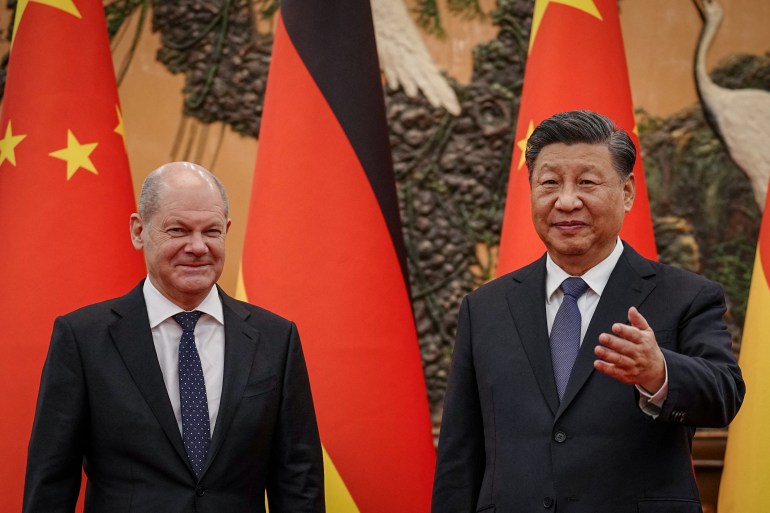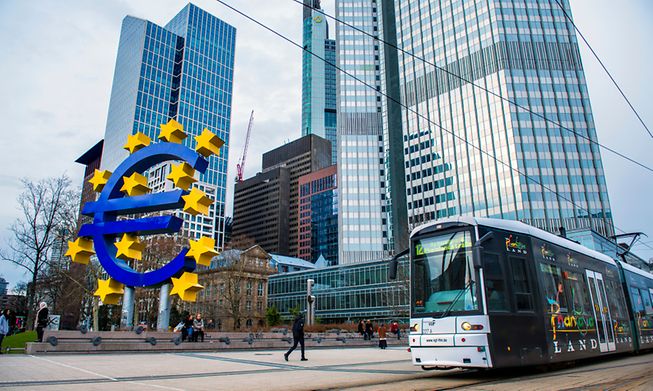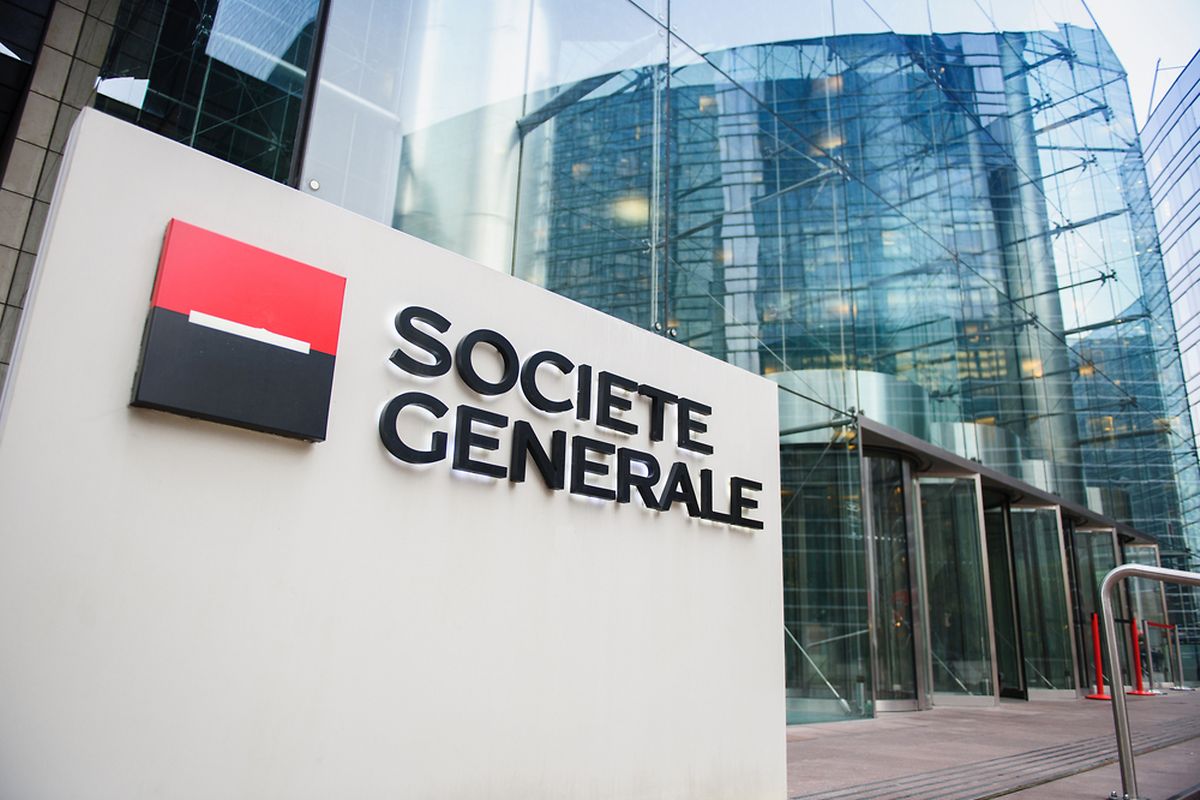The debilitating cost of remittances
OPINIONIn Pakistan, the very migrants who support the economy with their remittances are called traitors
Remittances received from migrant workers living abroad make up almost 8.5% of Pakistan’s gross domestic product.

In recent years, as Pakistan has hurtled from one catastrophe to another, remittances sent by Pakistani workers living abroad have been a source of some small amount of stability. When foreign investments have seemed scant and aid packages have dried up, workers sending money back to families, investing in and purchasing assets in their home country has served as a reliable source of foreign exchange.
Now this once reliable source of money entering the country also appears to be threatened by both global and domestic conditions. According to the Economic Outlook Report issued by the Ministry of Finance, the first 10 months of 2022 have seen foreign remittances drop by 3.6% to $7.7 billion.
Some analysts forecast that Pakistan’s removal from the Financial Action Task Force ‘grey list’ will lead to better numbers in the remainder of the year as foreign investment sees an uptick. This prediction, however, does not seem to account for the current political upheaval in the country following the murder of journalist Arshad Sharif in Kenya and the initiation of the latest long march and sit-in led by Pakistan Tehreek-e-Insaf chief Imran Khan.
While the removal of Pakistan from the grey list was a positive step, it may not deliver the country from its deep economic woes. For starters, the continuing catastrophe created by the floods and their aftermath means that much of the influx of cash seen in recent months will have to be utilised to stabilise the agricultural sector that has been all but devastated.
Second, while removal from the list means that Pakistan can issue bonds, the otherwise underwhelming performance of the majority of sectors in the country, along with the continuing threat of political instability, means that Pakistan will not be able to capitalise on these developments in the manner that would have been possible even a few weeks ago.
With few assurances about who will retain power in Islamabad and what they will do, one cannot fault foreign investors for being wary about putting their money in a country that seems to be jumping headlong into even more uncertainty than before.
Remittances received from migrant workers living abroad make up almost 8.5% of Pakistan’s gross domestic product. Unlike money from the World Bank, Asian Development Bank and foreign governments, remittances do not add to debt and do not need to be paid back.
For this reason, the comparison of remittance amounts to these other forms of capital inflow is inaccurate. While the money coming in from these other sources may prevent initial shocks from the reduced remittances, it is unlikely to do so in the long term. If anything, it will draw even more attention to whether Pakistan is going to be able to service its existing debts in the face of mounting new ones.
It is possible that a reduction in the official numbers for remittances reflects not an actual decrease in the amounts but rather a turn towards unofficial means of transmitting money such as hawala and hundi systems. The current political turmoil in the country has created serious doubts about the legitimacy and reliability of procedures, whether it is legal or financial institutions.
Undoubtedly, some migrant workers may be reconsidering whether they should send money home via official financial channels susceptible to government policies changing without notice. Anything at all can happen in Pakistan and that uncertainty can direct many people to use unofficial means as a way to play it safe.
It is beyond ironic, of course, that the feudals, industrialists and politicians that ply power in Pakistan (between runaway trips to Dubai and London) have invested much of their money outside the country. It sits in bank accounts in Switzerland, chateaus in France, flats in Kensington. Knowing that their fortunes cannot be seized by the country affords this class of people endless solace.
They may not be dual nationals but they know they can buy foreign citizenship with their money. This loophole allows them to present themselves as true patriots of the Pakistani people who have chosen to stay in the country as opposed to all the middle classes who have left. When they present this argument to the country’s poor, they emerge as truth tellers valiant and worth a vote.
The truth is far from this. Middle-class Pakistanis who have had to leave the country and go elsewhere for jobs are hardly traitors. Proof of this lies in the fact of the remittances themselves: these Pakistanis are choosing to send the money that they earn back home to pay for school fees, necessary medical procedures, the upkeep of parents and siblings, investment in property or in a business, etc. They too have the option to put away money in ‘foreign’ bank accounts but they put their faith in Pakistan.
Despite this, they are often portrayed as traitors simply because they have taken jobs abroad; never mind the fact there are no jobs in the country where they were born and would rather stay.
Such is the trickery of the very rich in Pakistan that they manage to turn the poor against the people who have just a little bit more. In this way, Pakistan’s very wealthy continue to insulate themselves from economic shocks: whichever government is in power makes sure to provide the particular people (all too often perceived to be thieves) it has assembled in its cabinet with a cut that can be safely stowed abroad.
Remittances are wanted in Pakistan but the workers who produce them are treated with ignominy and disrespect and labelled traitors for having left the country. In the meantime, the real traitors who are fixtures regardless of whichever political party is in power, fill their coffers with money borrowed in the name of the country. Pakistan has many tragedies playing out these days; the inability to distinguish between the real thieves and the real benefactors is just another one of them.
This article first appeared in Dawn.
.jpg)





:quality(70)/cloudfront-eu-central-1.images.arcpublishing.com/thenational/WOV55RSZRFEO5MGJQTNIMJ5REI.jpg)
:quality(70)/cloudfront-eu-central-1.images.arcpublishing.com/thenational/YNRN5R7LUFDUJIOQZ5UXR7AWS4.jpg)
:quality(70)/cloudfront-eu-central-1.images.arcpublishing.com/thenational/XOFLKIZSNRGIZFIOHTAR3DANRE.JPG)
:quality(70)/cloudfront-eu-central-1.images.arcpublishing.com/thenational/OG7KOW2ZBNLWUDLKSEJW67GWLU.jpg)
:quality(70)/cloudfront-eu-central-1.images.arcpublishing.com/thenational/IODTXFMVTSZNNVHDEXRZJCKLVQ.jpg)
:quality(70)/cloudfront-eu-central-1.images.arcpublishing.com/thenational/5YZTHK6G3NA25BQE4KVGCORIIY.JPG)
:quality(70)/cloudfront-eu-central-1.images.arcpublishing.com/thenational/IF2HVVQZB5A4HJR5CZXO5KUJNQ.JPG)
:quality(70)/cloudfront-eu-central-1.images.arcpublishing.com/thenational/KT7MOCI66BAGTHESHFZ4XKESKI.JPG)
:quality(70)/cloudfront-eu-central-1.images.arcpublishing.com/thenational/QDTO2GBSXZGALISK56URDTCR2M.JPG)



